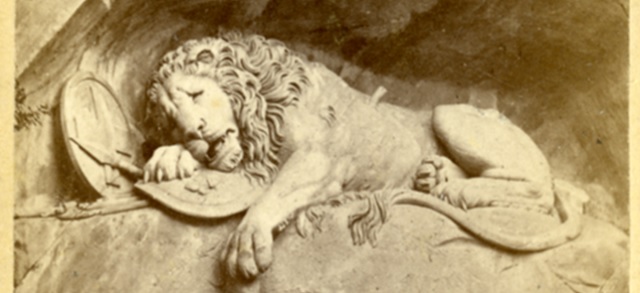
Monuments Class Projects
Architect/Sculptor of Monument
George Meikle Kemp (1795 - 1844)
Preview

Identifier
19a
Medium
photographs, carte-de-visites
Keywords
Scott Monument, Walter Scott, Gothic Revival, Edinburgh, Scotland, Scottish Literature, Romantic Literature
Physical Dimensions
2.5 x 4"
Date of Publication
2025
Date of Publication
c. 1855-1895
Name of Monument
Scott Monument
Date of Creation of Monument
1840
Date of Completion or Dedication of Monument
1846
City of Monument
Edinburgh
Location within City
Princes Street Gardens
State/Province of Monument
Scotland
Country of Monument
United Kingdom
Description
A carte-de-visite photograph of the Scott Monument in Edinburgh, Scotland. The Gothic Revival Spire honoring Sir Walter Scott, a famous author, is the 2nd largest tribute to any author in the world. Work on the monument began in 1840, with the project reaching completion in 1846.
School of Art/Architecture
Gothic Revival Architecture
Publisher
Archibald Burns
Digital Date
4-22-2025
Copyright
Physical copy of the carte-de-visites is in the public domain. Digital copy scanned by Rod Library ©2025 Rod Library, University of Northern Iowa
Creative Commons License

This work is licensed under a Creative Commons Attribution 4.0 International License.




Comments
The Scott Monument, located in the center of Edinburgh, Scotland stands tall as a tribute to Scottish author, Sir Walter Scott (1771-1832) The Gothic revival spire soars 200 feet tall and contains a statue of Scott and his pet dog, Maida. The monument is the second-tallest monument dedicated to an author in the world, after the José Marti Memorial in Havana, Cuba, which stands 358 feet tall.
Walter Scott was a Scottish author known for his historical novels and Romantic poetry, including his first piece of published work Waverley (1814), Ivanhoe (1819), and Rob Roy (1817). These pieces of fiction would make him a celebrity not only in Scotland but internationally as well. Walter Scott is widely considered the father of the historical novel genre and popularized a Romantic view of Scottish and English history.
After Scott's death in 1832, the Scottish people wanted to memorialise the legendary author with a monument in his home city of Edinburgh. In 1836, a design contest was held with numerous architects submitting designs in hopes of being selected. The winner of this contest, George Meikle Kemp (1795-1844,) was a self-taught architect. He pitched his design for the new monument under the fake name “John Morvo,” because he was not well known at the time. Construction began in 1840 with the inauguration of the monument in 1846, The monument was funded through public donations. Scott was known for his love of Gothic style architecture, designing his own home (Abbotsford) using Neo-Gothic traits, like intricate spires and intricate masonry.
The monument is located in Princes Street Gardens, an iconic green space in Edinburgh's center. Its location is near Edinburgh's Waverley Railway Station, which is named after Scott's Waverley novels, and its proximity to major roads make it a focal point in the city. The monument is elevated to a point where its position allows it to dominate the eastern section of the gardens, acting as a visual link between the Old and New Towns of Edinburgh.
The Scott Monument is decorated with numerous details and symbols that enhance its significance. Scottish sculptor John Steell (1804-1894) carved the statue of Scott and his dog. The monument's Gothic features include its tall sharp spire, intricate design in the stone work, and sculptures adorning the monument. The monument contains 3 separate viewing platforms along various points, accessible by staircase. The first offering a 360 degree view of Edinburgh, this platform also houses a small museum about Scott and the construction of the monument. The final viewing platform is near the top of the monument and offers a birds-eye view of the city and surrounding landscape.
The statue of Scott underneath the large Spire is a focal point of the monument, which symbolizes Scott's legacy and his connection to the Scottish landscape. The spire also features 64 figures of characters from Scott's novels, which were sculpted by various Scottish artists. These figures add narrative to the monument, celebrating the diverse characters found throughout Scott's works. The inclusion of these sculptures show the monument's role as a tribute not only to Scott himself but also to the stories he created. Inscriptions on the monument emphasize its commemorative purpose. The base of the monument contains information about Scott's achievements and his impact on Scottish literature. These serve as a reminder of Scott's enduring legacy and the influence he had on his readers and following generations.